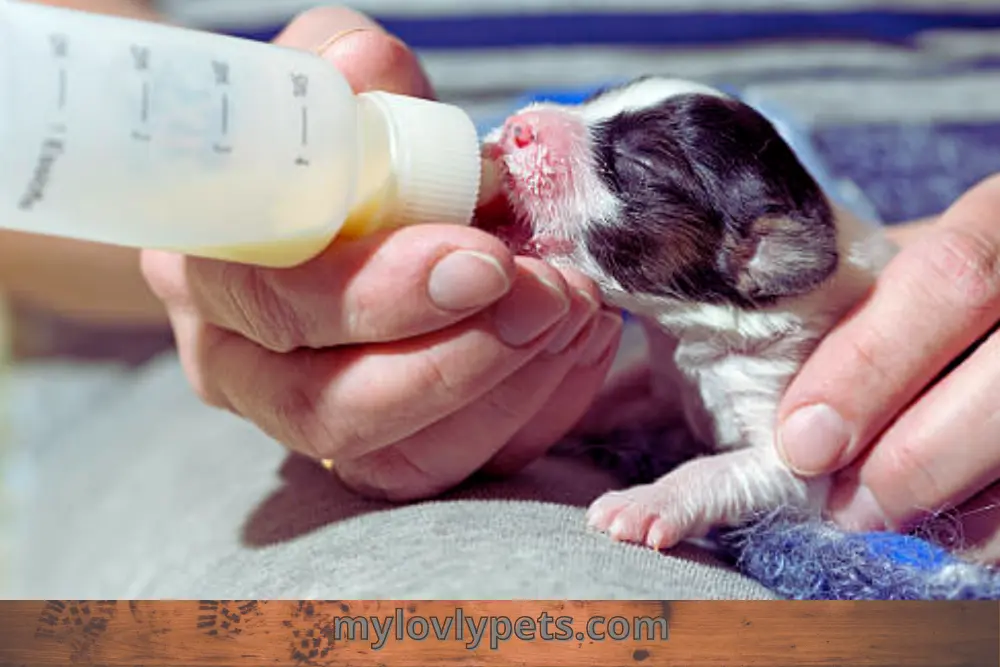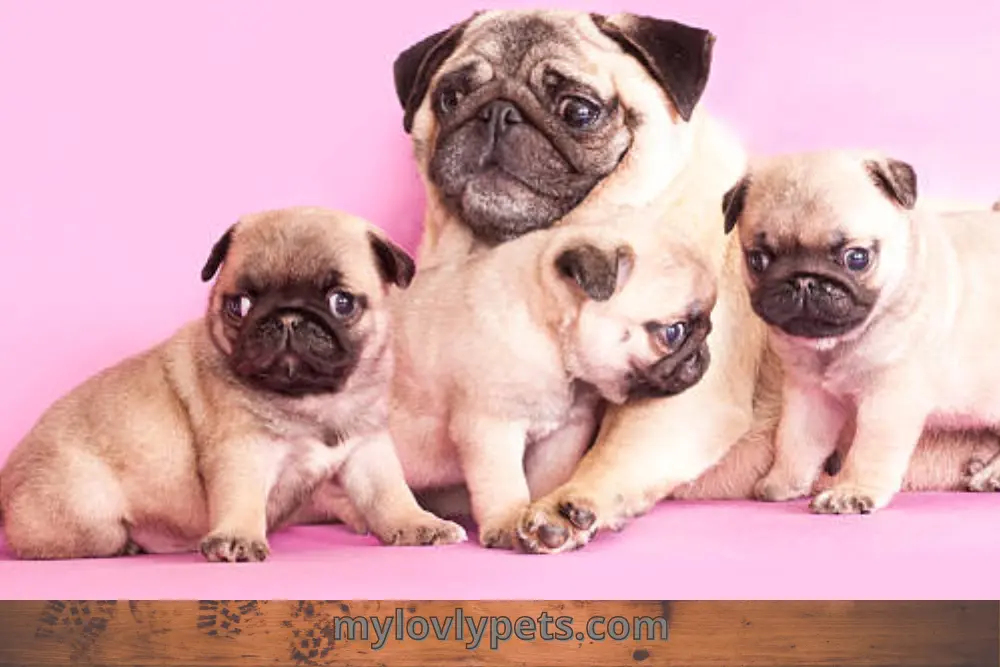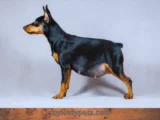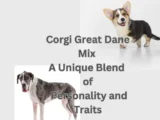
Inverted Dog Nipple: A Practical Guide for Care
Did you know that inverted nipples are quite common in dogs? This problem can affect both male and female dogs, but it is more common in pregnant or nursing dogs. Inverted nipples in dogs are usually a cosmetic concern, but they can occasionally signal underlying health issues.
Inverted dog nipple are identified by a nipple that appears to be missing, with a small hole in its place.
Did you know that dogs can also have a condition similar to inverted nipples in humans? It’s not widely known among dog owners. In this post, we’ll explore the causes of inverted nipple in dogs and address whether dog owners should be concerned about this condition.
Why Does My Dog Have An Inverted Nipple?
Take a moment to examine your dog’s nipples. It’s worth checking out for their health and well-being.
An inverted nipple is when a dog’s nipple points inward or lies flat against their belly. It can occur in one or multiple nipples. An inverted nipple on dogs may appear darker than the others.
A dog’s nipples should be visible and facing outward. Many dog owners may not be aware of this issue because their dogs’ nipples are usually hidden by their fur.
Certain dogs naturally have inverted nipples from birth. Did you know that as dogs mature, their nipples can sometimes become inverted? This could potentially indicate a health issue.
Retracted nipples, also called inverted dog nipples, are a common occurrence in some dogs. Female dogs may develop inverted nipples during pregnancy or while nursing their puppies.
Concerned About Inverted Dog Nipple?
Let’s address them!
Nursing Mothers with Inverted Nipples

Feeding a small puppy from a bottle
In dogs, inverted nipples are typically a cosmetic concern and do not pose any health risks.
Inverted nipples can sometimes pose challenges, especially for breastfeeding mothers. Female dogs with inverted nipples may face challenges when nursing their puppies. This can result in insufficient feeding and potential health issues for the little ones.
To ensure all puppies are well-nursed, dog owners should take specific steps if the nursing mother has inverted nipples. A helpful approach is to measure the weight of each puppy every day and keep a record of the measurements.
Owners can easily use this indicator to identify underweight puppies that require additional feeding. It’s also beneficial to locate puppies that may be monopolizing the milk-producing nipples so that they can be rotated and other puppies can have a chance to nurse.
You can attempt to inverted nipples by gently pulling or compressing the surrounding area. To encourage an inverted nipple to protrude, gently place a larger and more energetic puppy on it. Moreover, by hand-feeding the bigger puppies, you can ensure that the weaker or smaller ones can access regular nipples.
For the best care and guidance on managing inverted nipples and keeping your puppies healthy, it’s always a good idea to consult a veterinarian. They can provide expert advice and support.
Dog Infected Nipple
Did you know that inverted nipples in dogs can sometimes lead to infection if not cleaned properly?
Dogs may struggle to clean their nipples due to their tongue size. The inverted nipple’s hole is too small for them to reach.
Inverted nipples can sometimes accumulate sebum, a substance similar to ear wax. This buildup can irritate and even lead to infections. If you notice a foul smell, swelling, heat, or discharge from the nipple, it may be a sign of infection. If you see these signs, it’s essential to visit the vet.
Mastitis
Another condition that can result from an infected nipple is mastitis, an infection of the mammary ducts in the breast. This condition is commonly seen in nursing dogs but can also affect male or non-nursing female dogs.
Mastitis can lead to breast swelling, warmth, and discomfort. Untreated mastitis in dogs can be fatal as the infection can spread to vital organs. To treat an infected nipple or mastitis, the infected area should be cleaned, and antibiotics may be prescribed to eliminate the disease.
If you notice any signs of infection or mastitis in your pet, it’s crucial to seek veterinary care promptly. Timely treatment is essential to avoid complications.
How to Clean Inverted Nipples on Dogs?
Proper grooming is essential for dogs with inverted nipples. Cleaning the inverted nipples is necessary to avoid infection and blows of smell.
You have two options for this task: doggie wipes or cotton swabs. If you’re new to cleaning, you might encounter a significant buildup.
After bathing your pet, cleaning up the area is a good idea. Let the gentle combination of warm water and soap work magic to loosen any accumulated residue.
After bathing your dog, consider using cotton swabs to clean their inverted nipples. It’s a helpful way to maintain their hygiene.
If the streak persists, try using olive or coconut oil for removal. Apply a small amount of oil to the cotton swab and gently massage the inverted nipple.
Apply oil to the nipple and let it sit for a minute. Then, use a clean swab to remove any buildup.
The nipple might resemble a pimple or cyst. To remove the material from the nipple, gently squeeze it.
To maintain cleanliness, it’s recommended to clean the nipple every 1 to 2 weeks after the initial cleaning to prevent sebum buildup.
Doggie wipes come with their cleanser included for your convenience. To clean with a Q-tip, dampen it and add a small amount of gentle dog shampoo if necessary.
Inverted-Nippled Mothers

Puppies and mom
If you have a nursing mother with inverted nipples, you might need to assist with feeding the puppies.
To support puppies, you can offer supplemental feeding to your nursing dog.
Supplemental feeding is necessary when a mother has a large litter, as there may not be sufficient milk for all the babies.
To care for the puppies, feed them regularly with a specialized milk replacer formula made for dogs.
Final Thought
In dogs, Inverted nipples are a common and usually harmless condition. Treatment is generally unnecessary unless they pose a health risk. Dog nipples serve the vital purpose of producing milk to nourish adorable puppies. If your dog has an inverted nipple that tends to gather dirt or is prone to mastitis, it’s crucial to regularly clean and monitor the nipple to avoid any infections.
Mastitis is a severe infection that affects the mammary glands in dogs. Watch for mastitis in nursing mothers, as it can impact their milk production.
Also Read:
| Common Causes Of Redness Around Dog Nipple |
| Abnormal Dog Nipples: Possible Reasons |
| Causes Of Black Nipples On Dog |


